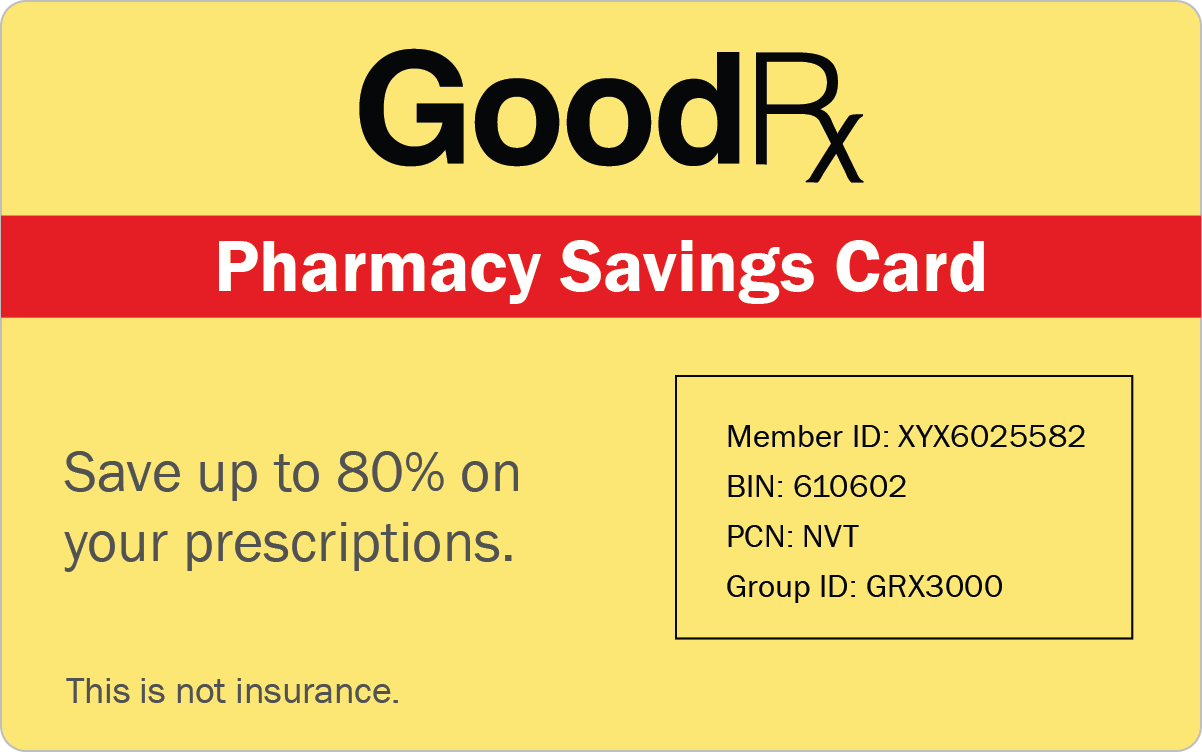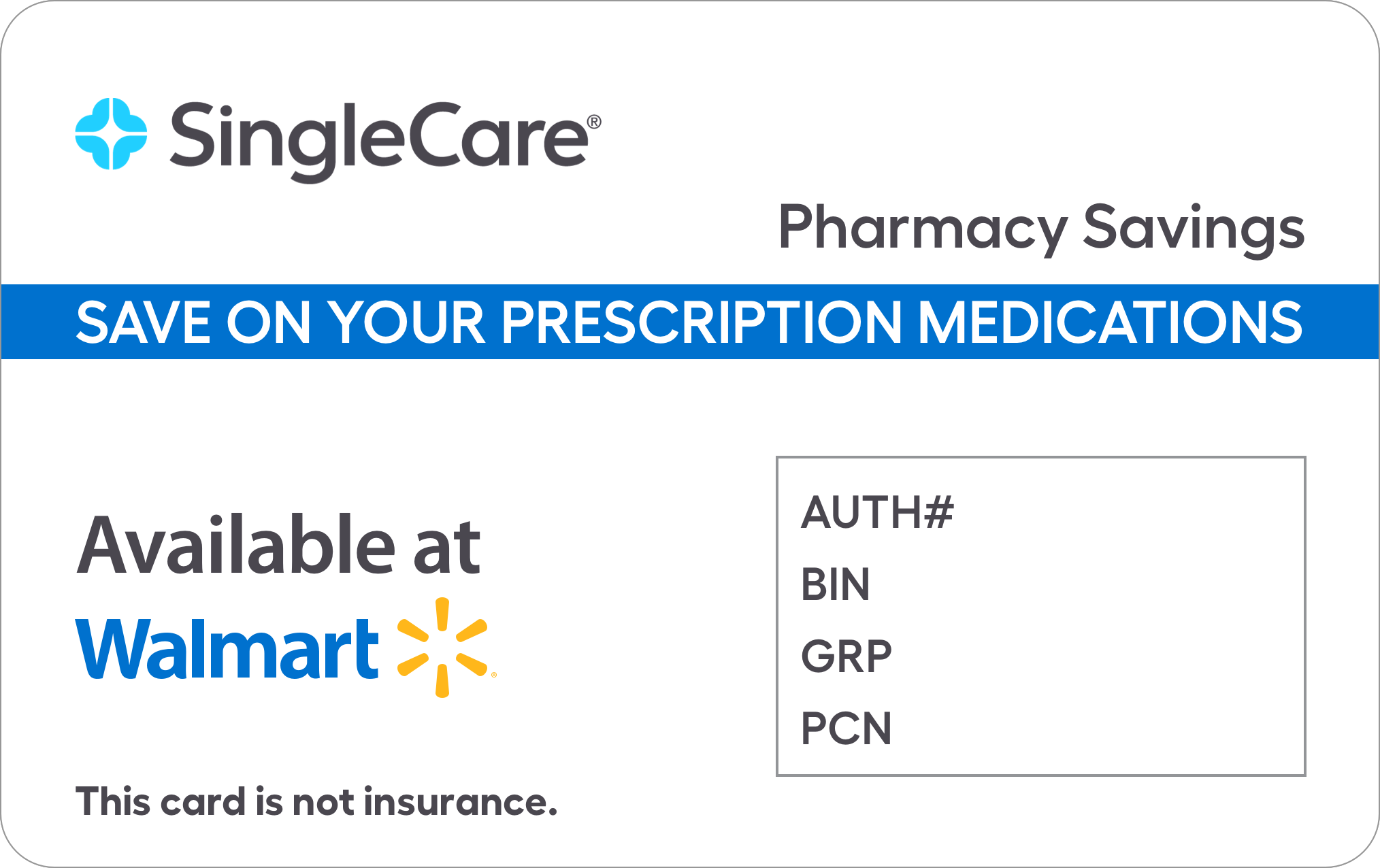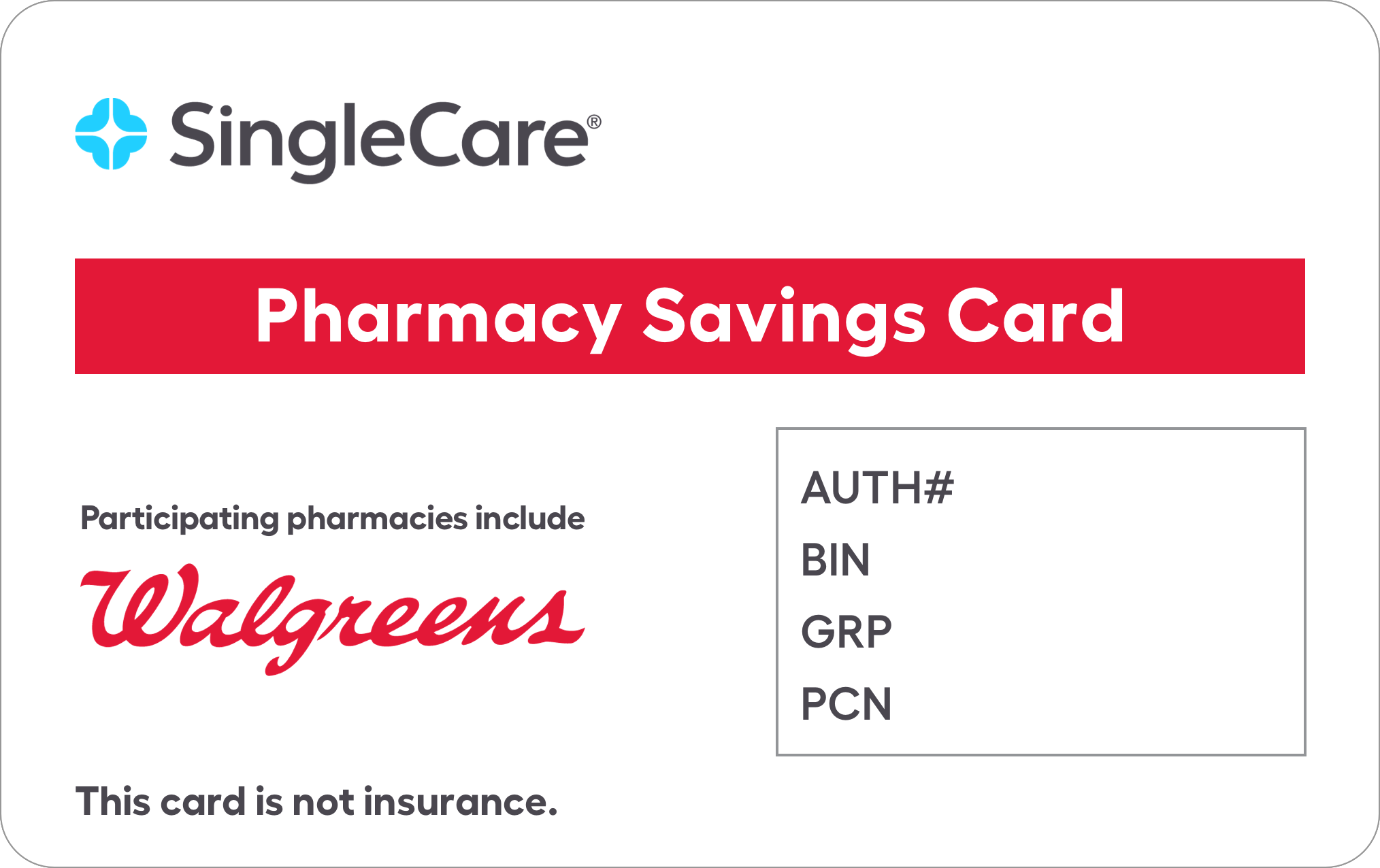Bacterial Infection Information & Discounts
Save on Bacterial Infection medications with the free discounts below.
Bacterial infections occur when pathogenic bacteria enter the body and cause infection. Common bacterial infections include tuberculosis, gonorrhea, and pneumonia. Bacterial infections are treated with antibiotics. See our list of antibiotic drugs and claim your free coupon to get cheap antibiotics at your local pharmacy. Our coupons may be printed, e-mailed or received via mobile phone. They are ready to use and never expire. Claim your coupon now or continue reading about bacterial infections and medications below.
Related Bacterial Infection Drug Discounts
Search our Discount Database for 50,000+ Other Rx Discounts
browse drugs (A-Z):
Bacterial Infection Information & Discounts
What are bacterial infections?
Bacterial infections occur when harmful pathogenic bacteria enter the body and cause infection. Bacterial infections can manifest themselves in many different areas of the body including the skin, reproductive system, throat and mouth, lungs, urinary tract, gastrointestinal tract and brain or spinal cord. There are two basic types of bacterial infections: conditionally pathogenic and intracellular. Both types are treated with antibiotics.
Conditionally Pathogenic
Conditionally pathogenic bacteria are only harmful to the body under certain conditions such as exposure to an open wound or the weakened capabilities of the immune system that can occur through autoimmune diseases. Staphylococcus and streptococcus bacteria normally reside in the human flora or gut and on the skin, but can also potentially cause pneumonia and meningitis in a weakened immune system.
Intracellular & Extracellular
Intracellular bacteria usually cause infection and must reside and reproduce inside of the cells of other organisms. Examples of intracellular bacterial infections include chlamydia and certain spotted fevers. Extracellular bacteria grow and reproduce outside cells but inside the body. Some bacteria, like salmonella, are able to grow and reproduce inside or outside the cell walls. These are called facultative intracellular bacteria.
How can I manage bacterial infection?
Bacterial infections are usually managed with antibiotics. See the “Types of Medication” section for more information. Antibiotics should only be taken when the body is unable to fight off an infection on its own. When antibiotics are needed, care should be taken to consume them for the entire period recommended by the doctor, even if you feel well. If antibiotic treatment is stopped too soon, bacteria may return and be stronger as a result. There are some preventative measures that can be taken to avoid harmful bacteria such as washing your hands regularly, especially after using the bathroom, cooking or being around a lot of people or animals. Maintaining a healthy immune system through a healthy diet and exercise can help the body to fight off some bacterial infections. Using contraception such as condoms during sexual intercourse also prevents the spread of bacterial infections. Most antibiotics can be cheaply obtained.
Management of Some Common Bacterial Infections
Tuberculosis
The treatment for tuberculosis is usually a combination of antibiotics. It is a difficult illness to treat as the mycobacteria that causes tuberculosis has an unusual structure and composition. The best treatment for tuberculosis is an injected combination of the antibiotics isoniazid and rifampicin. Treatment can take up to several months. Latent tuberculosis treatment usually only requires a single antibiotic, but active tuberculosis is best treated with combinations of several antibiotics to reduce the risk of the bacteria developing antibiotic resistance.
Gonorrhea
The most effective treatment for gonorrhea is the injection of the antibiotic ceftriaxone along with the antibiotics azithromycin or doxycycline. Many antibiotics that were once effective treatments for gonorrhea like penicillin, tetracycline and quinolones are no longer recommended because the bacteria have developed high rates of resistance against these antibiotics.
Pneumonia
Pneumonia can be caused by a variety of bacteria, viruses, parasites and fungi. For this reason, medications for pneumonia vary widely. The best pneumonia medications include macrolide antibiotics such as azithromycin and erythromycin. Amoxicillin is recommended to treat children. Treatment usually takes three to ten days.
Syphilis
The best treatment for uncomplicated syphilis remains a single-dose injection of penicillin G or a single dose azithromycin taken orally. Late syphilis treatment or treatment for neurosyphilis involves large doses of penicillin given intravenously for a minimum of 10 days due to the poor penetration of penicillin G into the central nervous system.
Bronchitis
Bronchitis, contrary to some popular belief, is not a bacterial infection. It is usually caused by a virus. Therefore, the best treatment for bronchitis is not an antibiotic. Most healthy people can recover from bronchitis on their own with lots of rest, lots of liquids and cold medicine to ease symptoms. However, some people with chronic bronchitis may be prone to infections and easily develop one on top of the bronchitis. In this case the best antibiotic is a broad spectrum antibiotic to be taken for five to ten days.
What are the different types of antibiotics?
There are many types of antibiotics. A few common ones include penicillin antibiotics, quinolone antibiotics and tetracycline. Remember to search our site for your medication and get coupons to purchase antibiotics at a cheap price.
Penicillin Antibiotics
Penicillin is a group of antibiotics that come from the fungi penicillium. It was one of the first antibiotics discovered to cure serious, common diseases like syphilis. Now several bacteria have become resistant to penicillin, but it is still effectively used to treat many infections. It is often recommended as the best antibiotic for strep throat. Penicillin acts by disrupting the growth of the harmful bacteria cell walls, causing it to die.
Quinolone Antibiotics-hospital pneumonia
Quinolone antibiotics are a broad-spectrum antibiotic that was first used to treat urinary tract infections. Quinolone antibiotics work by preventing the bacteria’s DNA from unwinding and duplicating, thereby stopping its growth. Many quinolone antibiotics are now used to treat serious infections. This class of antibiotics is the best medication for pneumonia developed in hospitals.
Tetracycline Antibiotics
Tetracycline is usually used to treat urinary tract infections and infections in the intestines. It is also typically used in the treatment of chlamydia. Tetracycline works as a protein synthesis inhibitor, stopping the proliferation of bacterial cells. Many types of bacteria are also building resistance to tetracycline antibiotics.
What are the symptoms of bacterial infection?
Symptoms for bacterial infection vary widely and depend on the type of infection. Symptoms may include itching and burning sensations when urinating, swelling, cough, diarrhea or abdominal cramping, high fever and body aches or pains. Some bacterial infections asymptomatic, meaning there are no signs of infection.
Bacterial Infection Drug Information
Amoxicillin Information
Amoxicillin is the generic name of the antibiotic Amoxil. Amoxicillin is a penicillin antibiotic medication used for sometimes for treatment of gonorrhea several other kinds of bacterial infections including pneumonia, and urinary tract infections, among others. It is also recommended as the best antibiotic for strep throat. Amoxicillin can be purchased as a tablet, liquid, capsule or chewable tablet. Check our site for free coupons for amoxicillin and Amoxil and receive up to 85% off the retail price.
Ciprofloxacin Information
Cipro, or ciprofloxacin in its generic form, is a quinolone antibiotic and is available as a tablet or liquid. It is used to treat a wide range of bacterial infections including respiratory, gastrointestinal, abdominal and urinary tract infections. It is also used to treat serious bacterial infections such as typhoid. It is, however, not recommended to treat tuberculosis. Read more about quinolone antibiotics in our “Types of Medication” section. Search our site for coupons for Cipro or ciprofloxacin and receive up to 84% off your medication at your local pharmacy.
Vibramycin Information
Vibramycin, or doxycycline in its generic form, is a tetracycline antibiotic used to treat a variety of bacterial infections. It is also sometimes used to treat acne. It works by stopping the proliferation of bacterial cells. See the “Types of Medication” section to read more about tetracycline antibiotics. Vibramycin comes in the form of a capsule and can be prescribed by your doctor. Search our site for Vibramycin or doxycycline coupons and receive up to 80% off the retail price.
Our cardholders have saved
$1,000,000,000






















